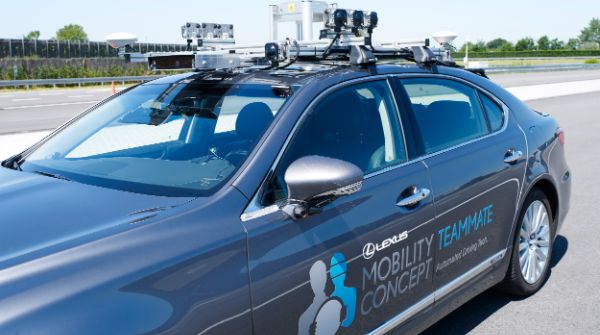Toyota is to begin testing its automated driving technology on public roads in Brussels. For the next 13 months, a Lexus LS will make repeated journeys around a fixed route in the Belgian capital. The new test program follows successful simulations and trials on closed test tracks and previous public road tests in Japan and the USA.
Gerard Killmann, Toyota Motor Europe (TME) VP of research and development, said, “Within Toyota’s global operations, TME’s Brussels R&D facility is the regional center of excellence for computer vision – making computers ‘see and understand’ the environment around them. Toyota’s ultimate goal is zero casualties from traffic accidents, and the main goal of this pilot is to study complex and unpredictable human behavior and its impact on automated driving system requirements.
“Responding to the complexity and diverse population of an urban environment like Brussels – the European capital and home to citizens of 184 different nationalities – is key to understanding human behavior,” continued Killmann. “After successful trials on public roads in Japan and the US, we are now adding European conditions to the technology’s understanding.”
The Lexus LS being used in the test is a standard production model and it will be driven on regular, open roads. The key difference is that it is fitted with a roof-mounted array of sensors, including lidar, radars, cameras and a high-precision positioning system. A safety driver travels in the car and can intervene and overrule the control system at any time. They will be accompanied by an operator who will supervise the entire system.
Toyota has undertaken months of thorough preparations, validating the AD system, training the drivers, analyzing the route and engaging with the authorities to gain the necessary approvals.
The automated vehicle will also be used to collect data as part of Toyota’s involvement in the European L3Pilot project alongside 34 other partners, including a number of major car manufacturers, automotive suppliers, research institutes and authorities. Find out more about the project here.


